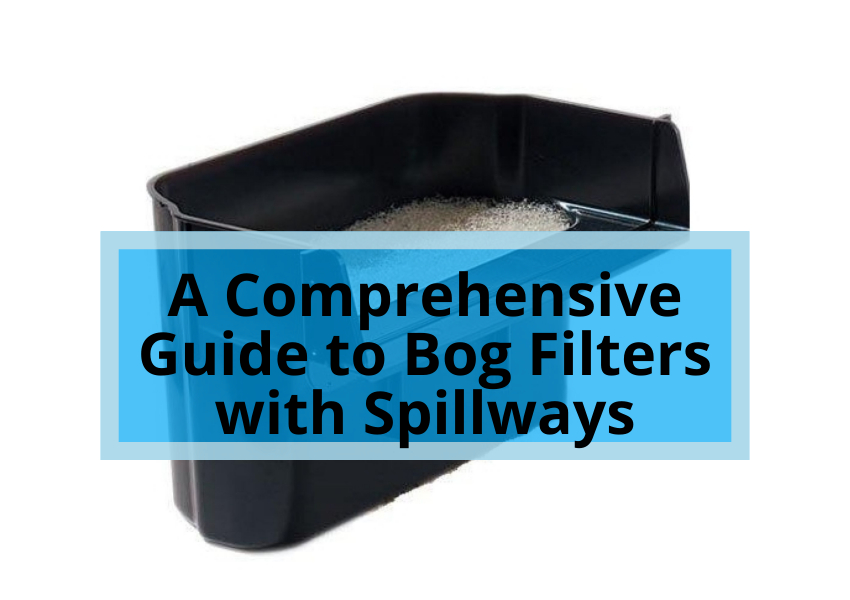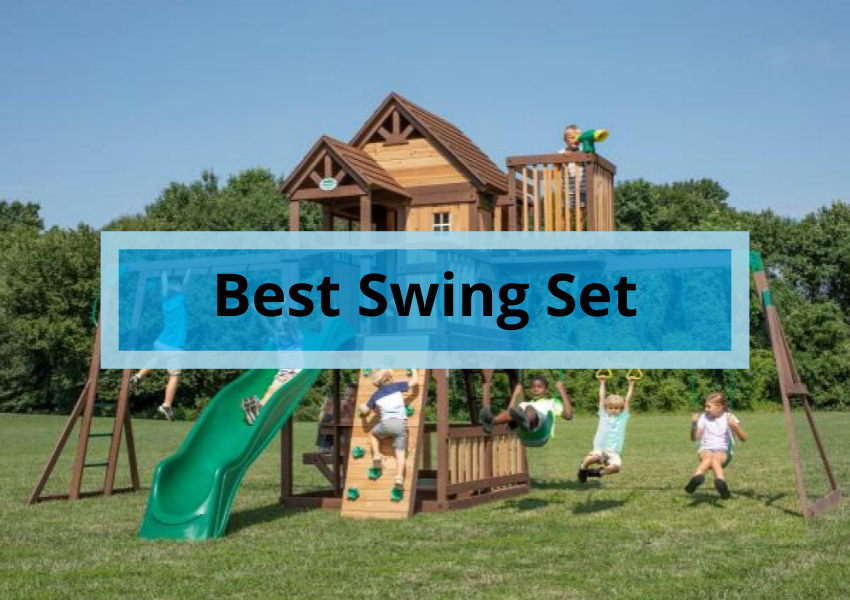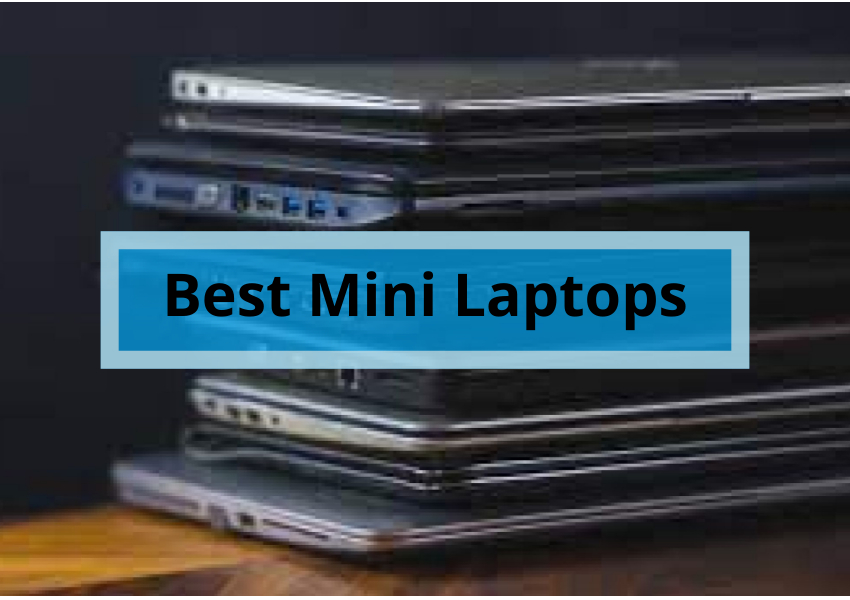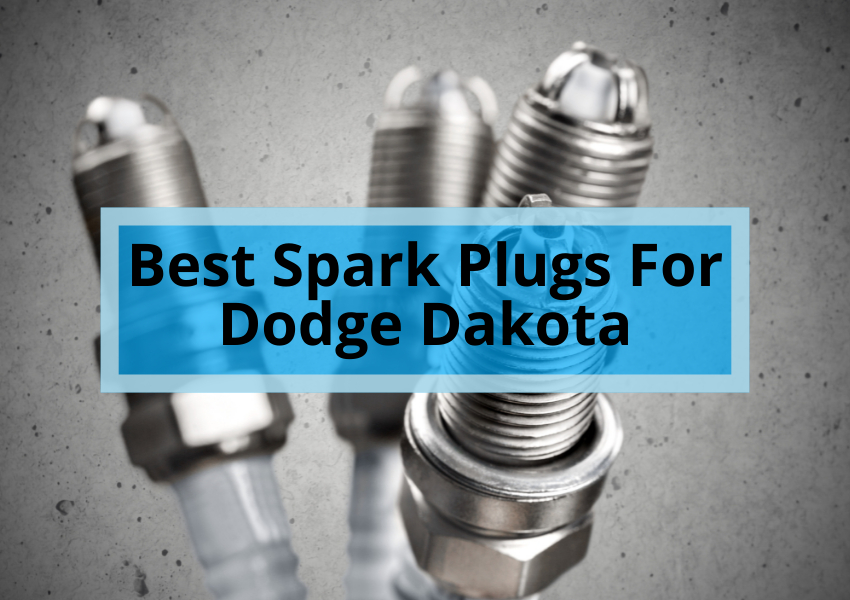If you have a 25 HP Briggs and Stratton engine, you know it’s a powerful and reliable machine. However, even the best engines can experience problems occasionally, and one of the most common issues is a faulty starter.
If your Briggs and Stratton engine is having trouble starting, it’s important to identify and repair the problem immediately. A faulty starter can prevent your engine from starting or cause it to start slowly and erratically. This can lead to other problems, such as engine damage or premature wear and tear.
In this article, we’ll look at the best starter for a 25 HP Briggs and Stratton engine. We’ll also discuss the different types of starters available and how to choose the right one for your needs.
Types of Starters
There are two main types of starters for Briggs and Stratton engines: electric starters and recoil starters.
Electric starters are the most common type of starter, and they’re used in most Briggs and Stratton lawnmowers and other small engines. The battery powers electric starters, and they use a solenoid to engage the starter motor. When you turn the key in the ignition, the solenoid sends a signal to the starter motor, which causes it to spin. The starter motor then engages the flywheel, which starts the engine.
Recoil starters are less common than electric starters, but they’re still used in some Briggs and Stratton engines, such as snow blowers and generators. Recoil starters are powered by a spring, and they’re manually operated. Pull on the starter cord to start an engine with a recoil starter. This rotates the flywheel, which starts the engine.
Choosing the Right Starter
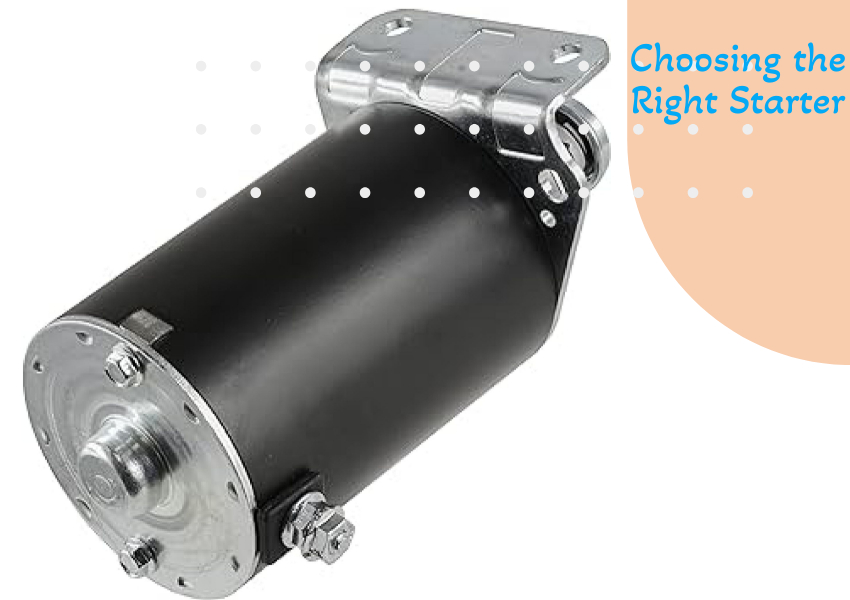
When choosing a starter for your Briggs and Stratton engine, there are a few things to keep in mind:
- Engine size: Make sure to choose a starter that is compatible with the size of your engine. A starter that is too small for your engine may not be able to generate enough torque to start it, while a starter that is too large for your engine may be too powerful and damage the engine.
- Type of starter: Decide whether you want an electric or recoil starter. Electric starters are more convenient, but they’re also more expensive. Recoil starters are less convenient, but they’re also less expensive and more reliable.
- Brand: Many different starters are available, so choosing a reputable brand is important. Briggs and Stratton offer a wide variety of starters for its engines, so you can be sure to find one that is compatible with your engine and meets your needs.
Also read: How to Install a Starter on a Briggs and Stratton Engine?
Best Starter for 25 HP Briggs and Stratton
The best 25 HP Briggs and Stratton engine starter is the Briggs and Stratton 690970 Starter. This starter is designed for Briggs and Stratton Vanguard engines and is compatible with many models. The 690970 Starter is a high-quality starter that is built to last. It is also easy to install and comes with a one-year warranty.
Other Good Starters for 25 HP Briggs and Stratton
Here are a few other good starters for a 25 HP Briggs and Stratton engine:
- DB Electrical SBS0004K Starter
- Caltric Starter Scott’s 20 20Hp 25 25Hp L2048 S2046 L2548 S2546 Compatible with Briggs & Stratton
- Briggs & Stratton 590476 Starter
FAQs
What is the best starter for a 25 HP Briggs and Stratton engine?
The best 25 HP Briggs and Stratton engine starter is the Briggs and Stratton 690970 Starter. This starter is designed for Briggs and Stratton Vanguard engines and is compatible with many models. The 690970 Starter is a high-quality starter that is built to last. It is also easy to install and comes with a one-year warranty.
What are the different types of starters available for Briggs and Stratton engines?
There are two main types of starters for Briggs and Stratton engines: electric starters and recoil starters.
Electric starters are the most common type of starter, and they’re used in most Briggs and Stratton lawnmowers and other small engines. The battery powers electric starters, and they use a solenoid to engage the starter motor. When you turn the key in the ignition, the solenoid sends a signal to the starter motor, which causes it to spin. The starter motor then engages the flywheel, which starts the engine.
Recoil starters are less common than electric starters, but they’re still used in some Briggs and Stratton engines, such as snow blowers and generators. Recoil starters are powered by a spring, and they’re manually operated. Pull on the starter cord to start an engine with a recoil starter. This rotates the flywheel, which starts the engine.
How do I choose the right starter for my Briggs and Stratton engine?
When choosing a starter for your Briggs and Stratton engine, there are a few things to keep in mind:
Engine size: Make sure to choose a starter that is compatible with the size of your engine. A starter that is too small for your engine may not be able to generate enough torque to start it, while a starter that is too large for your engine may be too powerful and damage the engine.
Type of starter: Decide whether you want an electric or recoil starter. Electric starters are more convenient, but they’re also more expensive. Recoil starters are less convenient, but they’re also less expensive and more reliable.
Brand: Many different starters are available, so it’s important to choose a reputable brand. Briggs and Stratton offer a wide variety of starters for its engines, so you can be sure to find one that is compatible with your engine and meets your needs.
How do I install a starter on my Briggs and Stratton engine?
Installing a Briggs and Stratton engine starter is a relatively simple process. However, it is important to follow the instructions carefully to avoid damaging the engine.
To install a starter, you will need the following tools:
A wrench
A socket wrench
A screwdriver
A torque wrench
The first step is to disconnect the negative battery cable. This will prevent the starter from accidentally energizing while you are working on it.
Next, locate the starter on the engine. It is usually located on the side of the engine, near the flywheel.
Once you have located the starter, use the wrench to remove the bolts that secure it to the engine. Be careful not to drop any of the bolts.
Once the starter is removed, you can install the new starter. Be sure to tighten the bolts to the manufacturer’s specifications.
Finally, reconnect the negative battery cable.
How do I troubleshoot a starter problem?
If your Briggs and Stratton engine is having trouble starting, there are a few things you can do to troubleshoot the problem:
Check the battery. Ensure the battery is fully charged and the connections are clean and tight.
Check the starter solenoid. If the starter solenoid is not working properly, the starter will not engage.
Check the starter motor. If the starter motor is not working properly, it will not be able to generate enough torque to start the engine.
If you cannot troubleshoot the problem, you should take your engine to a qualified mechanic for further diagnosis and repair.
Conclusion
If you’re looking for the best 25 HP Briggs and Stratton engine starter, the Briggs and Stratton 690970 Starter is a great option. It is a high-quality starter built to last, and it is compatible with a wide range of Briggs and Stratton engines. However, a few other good starters are available, so it’s important to compare your options and choose the one that suits your needs.

